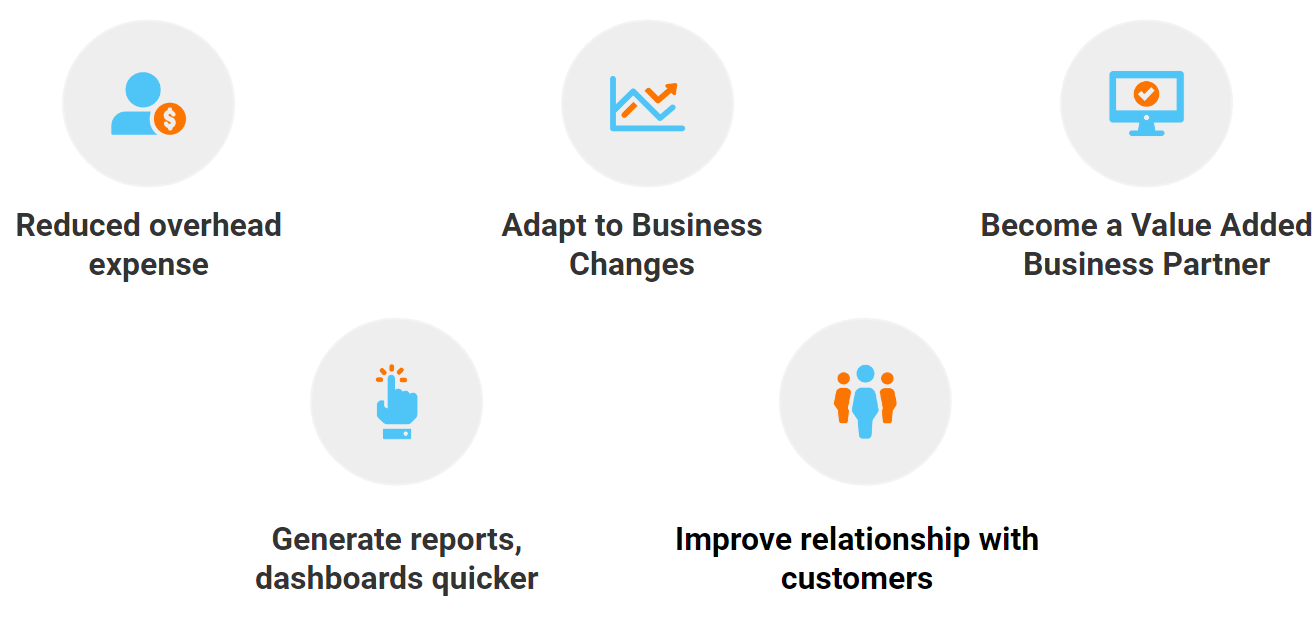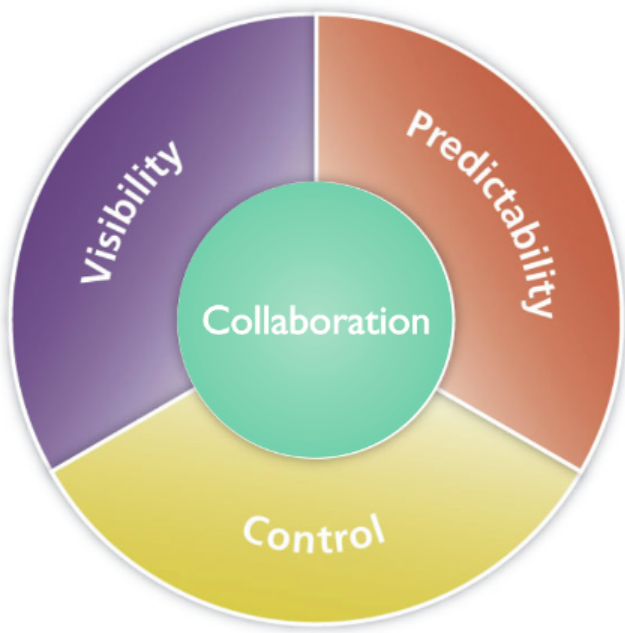Uncertainties like the great resignation, recession, and supply chain shortage highlighted the importance of moving towards a digital-first strategy for the finance sectors.
While finance executives were tasked with implementing digital transformation, 94% of them still don’t know what it means, and how it could help their daily operations!
Read this blog to first understand why finance leaders should move to a digital-first strategy and its impact on business transformation in today’s economic uncertainties.
Chapter 01: Road to a Better 2023 with Increased Digitization
Before you start your journey towards a digital-first strategy, start by understanding two critical concepts:
Digital Transformation:
It could be defined as the integration of digital technology into all areas of a business. It fundamentally changes how you operate and deliver value to customers.
If your company currently maintains manual processes, or there is minimal cooperation between departments, digital transformation is likely to require fundamental cultural changes in how your company’s order-to-cash processes operate.
With that said, there are compelling arguments in favor of digital transformation, such as:

- Reduced overhead expense from improved operational speed, staff efficiency, productivity, and flexibility.
- Increased ability to adapt to business changes and growth.
- A migration from transactional activity to data analysis, enabling you to become a value-added business partner within the company.
- Your department and other stakeholders will be empowered with self-service to reports, dashboards, and drill-downs.
- Added time to focus on relationships with strategic customers.
Autonomous Finance
Simply put autonomous finance is AI-driven and data-driven software that automates previously labor-intensive manual processes.
Some benefits of autonomous finance are as follows:
1. Self-learning, self-correction, and decision-making capabilities.
2. Real-time insights into a high volume of data.
3. Automated decision-making allows a focus on data analysis in areas such as:
- Credit review and approval.
- Self-service payment portals, automated invoice presentment.
- Auto cash application with AI-driven remittance capture, payment posting, invoice matching, and exception processing.
- Deductions research and resolution.
- Collections contact and dunning automation.
- Cash Forecasting and improved inflow and outflow transparency.
Chapter 02: Why Finance Leaders Should Switch to Digital First Strategy
Following a digital-first strategy aims to provide finance leaders with real-time visibility across the entire finance process of the organization and boost the productivity levels of their teams.
Here are some reasons why finance leaders should shift to a digital-first strategy:
1. Error-prone Traditional Processes:
Many companies today still rely on time-consuming legacy systems and disconnected processes for all their operations. These manual methods are often error-prone and could cause customer dissatisfaction and financial loss.
2. Collaboration Barriers:
Without collaborative tools, there is often a misalignment of goals among finance teams.
3. Disparate Data Sources:
Information scattered across files, and manual systems make it difficult for finance teams to access data in real time. This increases the chance of data inaccuracy and inaccurate tracking of critical business metrics.
4. Technical Constraints:
Use of legacy systems makes it difficult for finance teams to tackle business critical and complex scenarios due to the unavailability of the right set of tools and features.
5. Decrease in Team Productivity:
Complex and repetitive finance processes lead to a decrease in team productivity since most finance professionals spend the majority of their time on low-value work.
Chapter 03: Why Choose Automation to Transform the Finance Landscape

1. Visibility- Automation enables internal and external communication and brings in visibility.
2. Predictability- With easy access to data, companies that automate their processes, can identify risks earliest. Both in terms of customer relationship, and system weakness.
3. Control- Automation improves control over processes and information, aiding compliance by enforcing policy and adherence to systems.
4. Collaboration- Automation also enhances collaboration among internal and external partners efficiently, and effectively.
Chapter 04: Examples of Automation in Action
1. Ensure Faster Customer Onboarding with Online Credit Application
Provides an easy-to-use, configurable online credit application to customers to accurately capture complete credit information.
2. Leverage Analytics to Make Well-Informed Credit Decisions
Standardize credit assessment with automated credit scoring and gain real-time visibility into changes in the customer profile, payments profile, and filings.
Get automated periodic reviews and system-triggered risk alerts to empower your team to make informed decisions.
3. Automated Collections for Faster Payment Recovery
Helps in setting up customized messaging triggers for dunning, follow-ups, and other correspondences.
Finance teams can hence plan dunning outreach accordingly, collect payments faster, and stay on top of delinquent customers.
4. Track and Analyze Critical Metrics with Intelligent Reporting
Leverage out-of-the-box reports and dashboards to get actionable data-driven insights into critical metrics such as DSO, DDO, and AR turnover ratio.
With the help of readily available finance tools, lean finance teams can visualize the performance of order-to-cash KPIs and predict future performance based on historical data.
5. Gain Real-Time Visibility with a Centralized Repository
Automation solutions offer a centralized repository that provides real-time visibility across customer portfolios and finance processes.
Finance teams can hence easily access customer data, transaction details, payment commitments, and correspondence history.
6. Forecast Cash Accurately with Automation to take Better Finance Decisions
Treasury management solution provides a collaborative interface and reliable forecast data.
Cash forecasting automation eliminates manual work and limits the scope for errors, allowing teams to focus on higher-value tasks.
7. Achieve Faster Month-End Financial Close with the Power of Automation
By leveraging financial close automation, teams can accelerate the month-end close process by identifying errors that could have taken place as part of business operations.
Chapter 05: Conclusion
Following a digital-first strategy will help solve the common challenges faced by finance teams and enhance efficiency and boost company growth. It vastly improves finance management and offers the flexibility to scale with the business.


